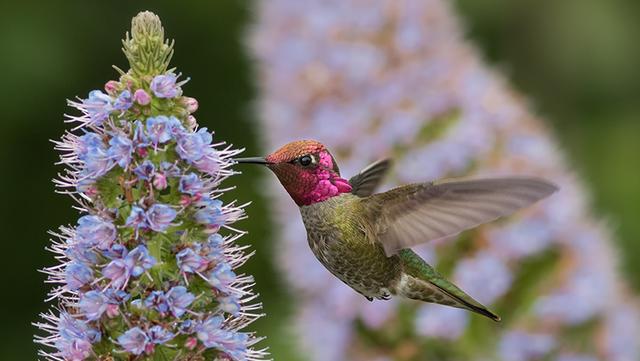
More than Aesthetics, Fence Clearing Enhances Safety
An Unkempt Fence Line Can Be Risky Business
Chances are the landscape around your entrances is well-maintained. But what about the perimeter of your property, specifically along your fence line? While the outer edges of your property might not need as much attention, overgrown brush, weeds, and bushes can quickly create unforeseen problems that can compromise safety and your budget. Here’s the scoop on fence clearing.
An Unkempt Fence is Risky Business
When plant material along your fence line gets out of control, so too does your exposure to risk. An unkempt fence line can provide fuel for a fire, making it easier for flames to spread across or to your property. It also makes it difficult for firefighters to have a clear access path around your entire property should they need to contain a fire.
While the consequences of overgrown brush aren’t always catastrophic, it can still hit you where it hurts—right in the budget. Fence clearing helps extend the life your fence; without it, branches can apply pressure that compromises the integrity of your fence, necessitating repairs or replacement. This presents a security issue as well, should any damage create openings that allow unwanted guests access to your property.
Finally, don’t forget about visibility. Maintaining good line of sight is important for the safety of all who frequent your property. Overgrown areas provide hiding spots for unwanted guests and serve as a collection spot for loose debris and litter. Removing excess brush helps prevent blind spots and obstacles that could cause vehicle accidents or pedestrian injuries.
How to Tame the Beast
Thankfully, there’s more than one way to tackle the problem. Here’s what you need to know to choose the right one for you:
Mechanical Methods
Among the most common methods are chainsaws, bulldozers, brush mowers and trimmers. Chainsaws, brush mowers and trimmers make the most sense when you want to selectively clear the fence—for instance, you wish to leave certain trees intact. When the job calls for a clean slate over a large area, bulldozers or front-end loaders may be required. The downside, however, is that heavy equipment like these can increase your chances of soil erosion, a risk your landscape provider can help assess. The other important pitfall to mechanical removal is that it’s not permanent. Eventually, whatever was removed will grow back. That’s where herbicides can come in handy.
Herbicides
Non-selective herbicides can be used to kill brush, making it easier to keep your fence line tidy. Options include both chemical and organic solutions. Apply during the active growing season (spring and summer), to make removing the dead brush a snap. Once your fence line is clear, the soil can be lined with landscape fabric to help keep weeds from growing in the future.
Whatever route you go, remember that fence clearing is not a one-and-done process. Your landscape provider can help create a vegetation management plan that makes the task more manageable—both in time and budget.




